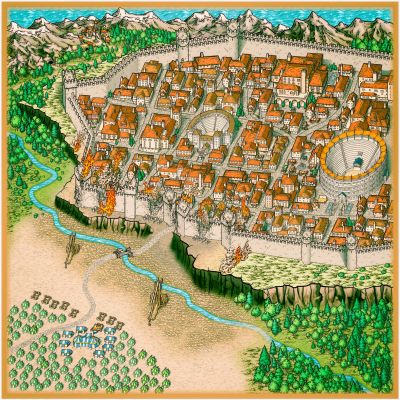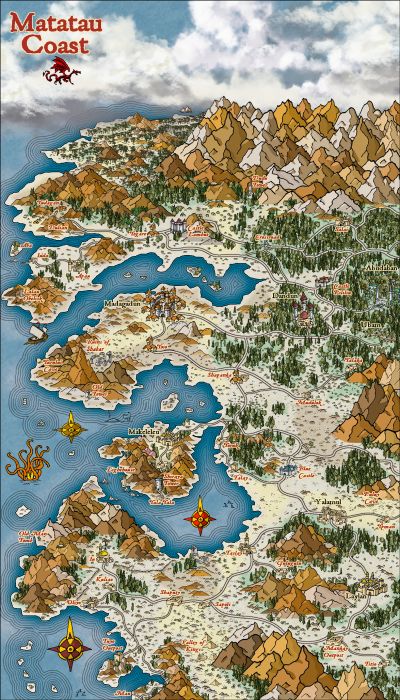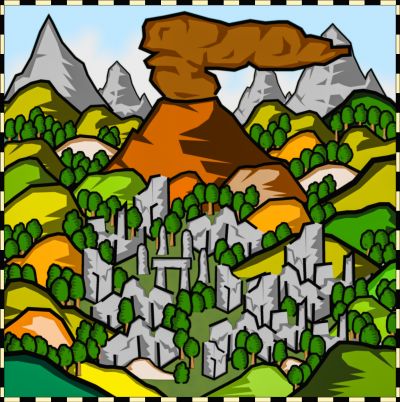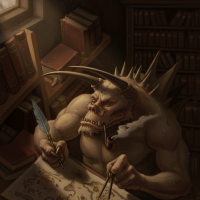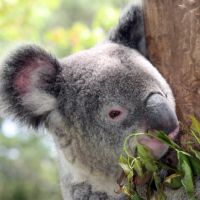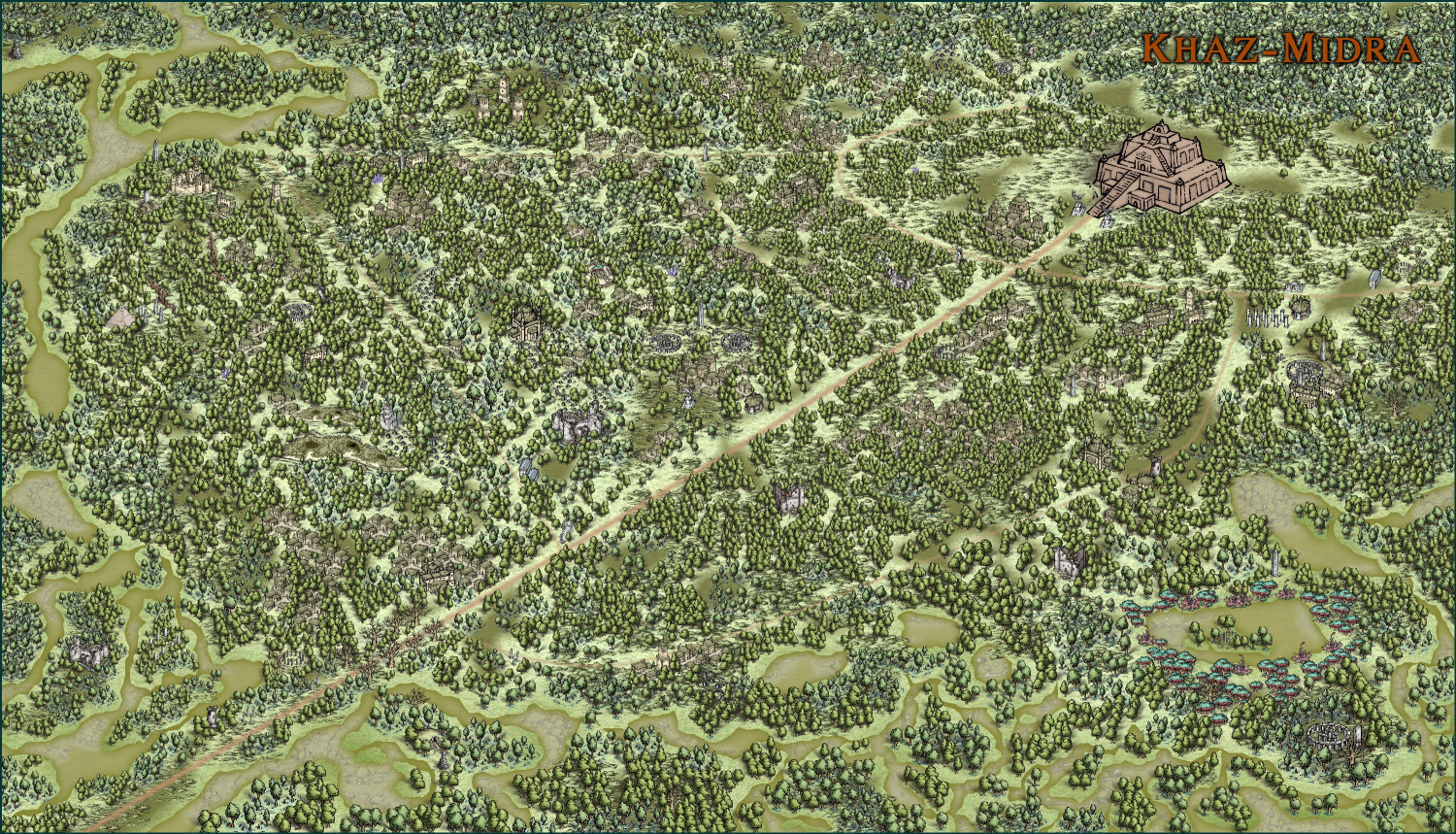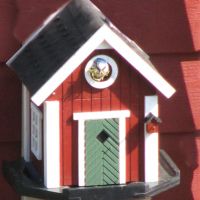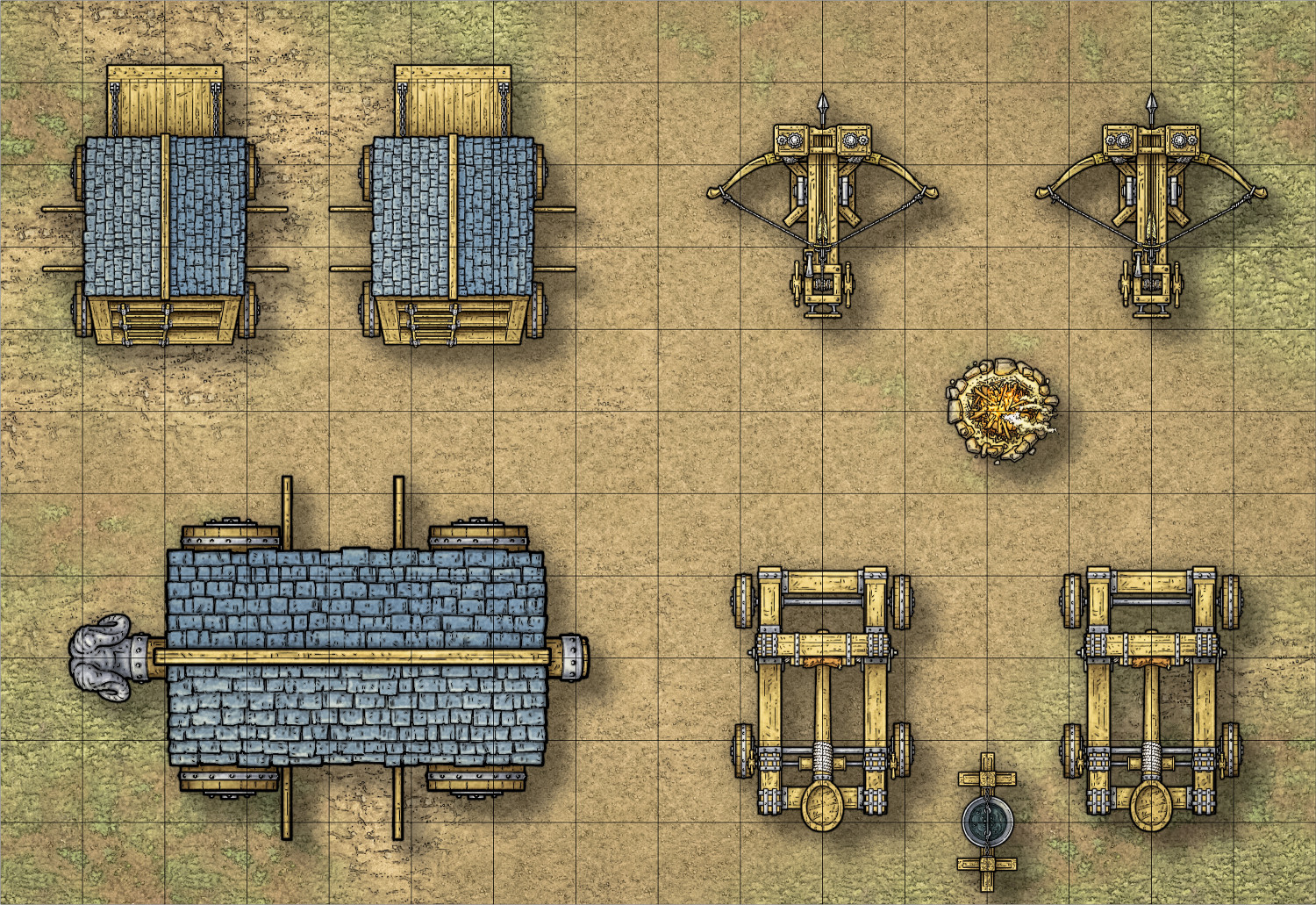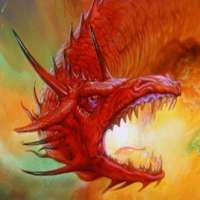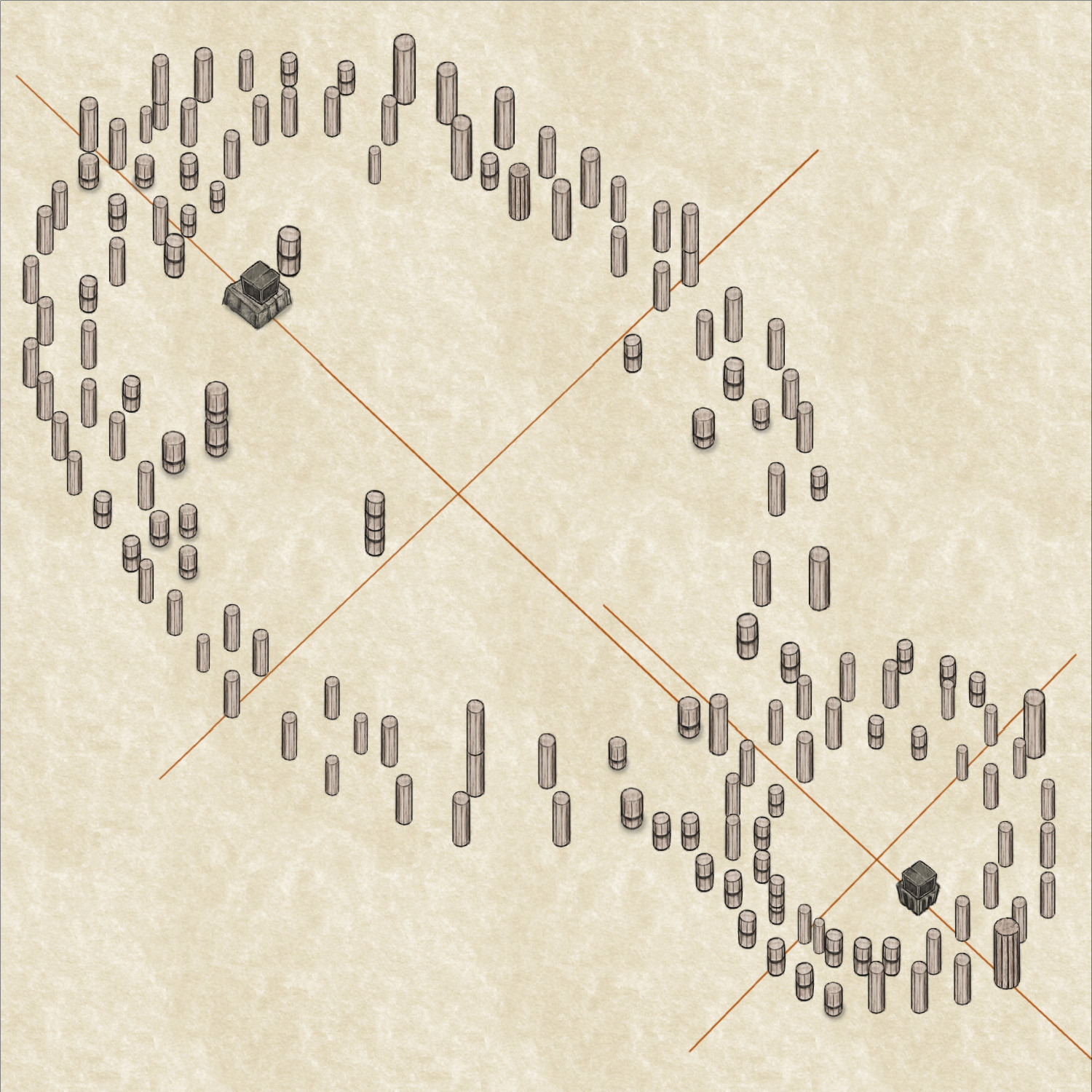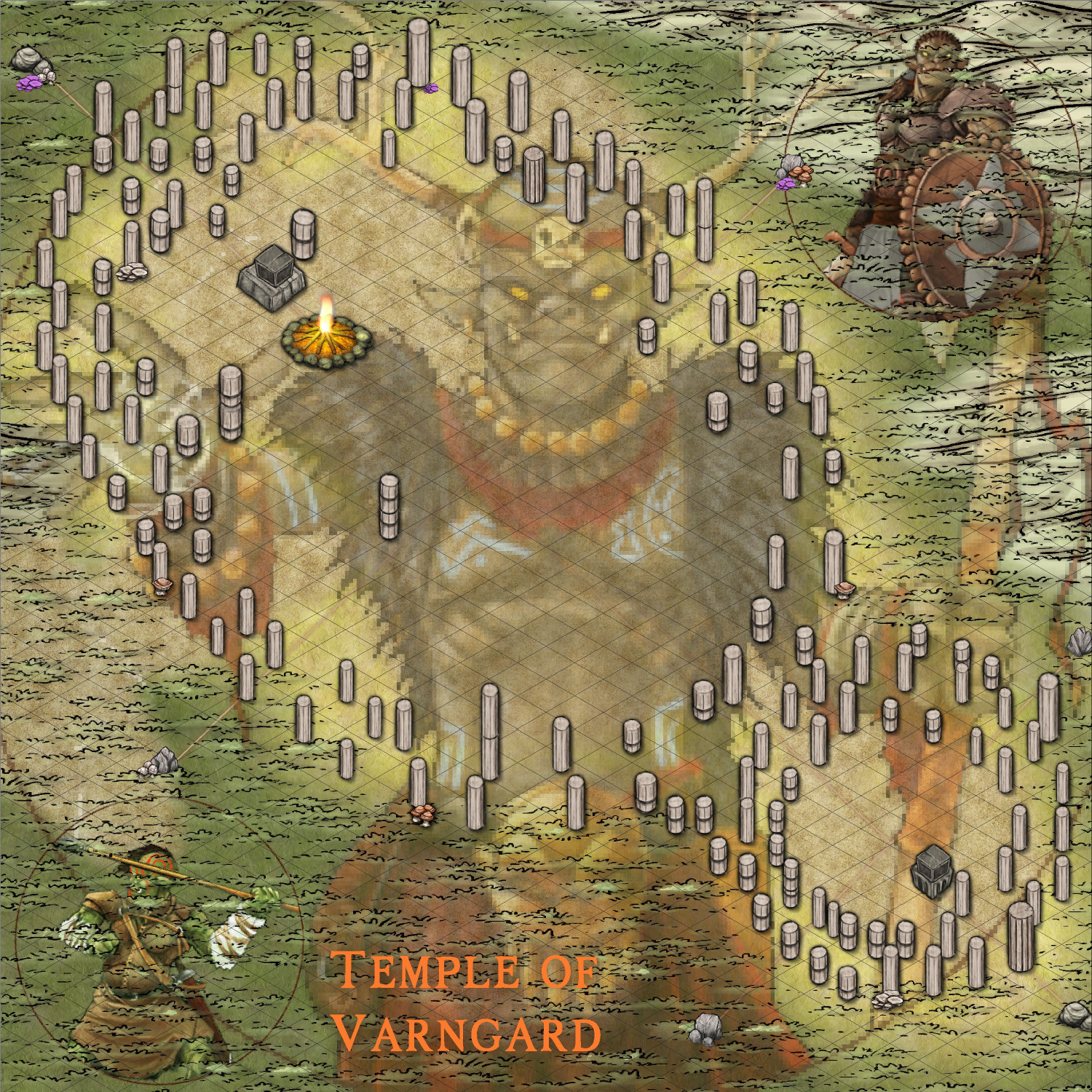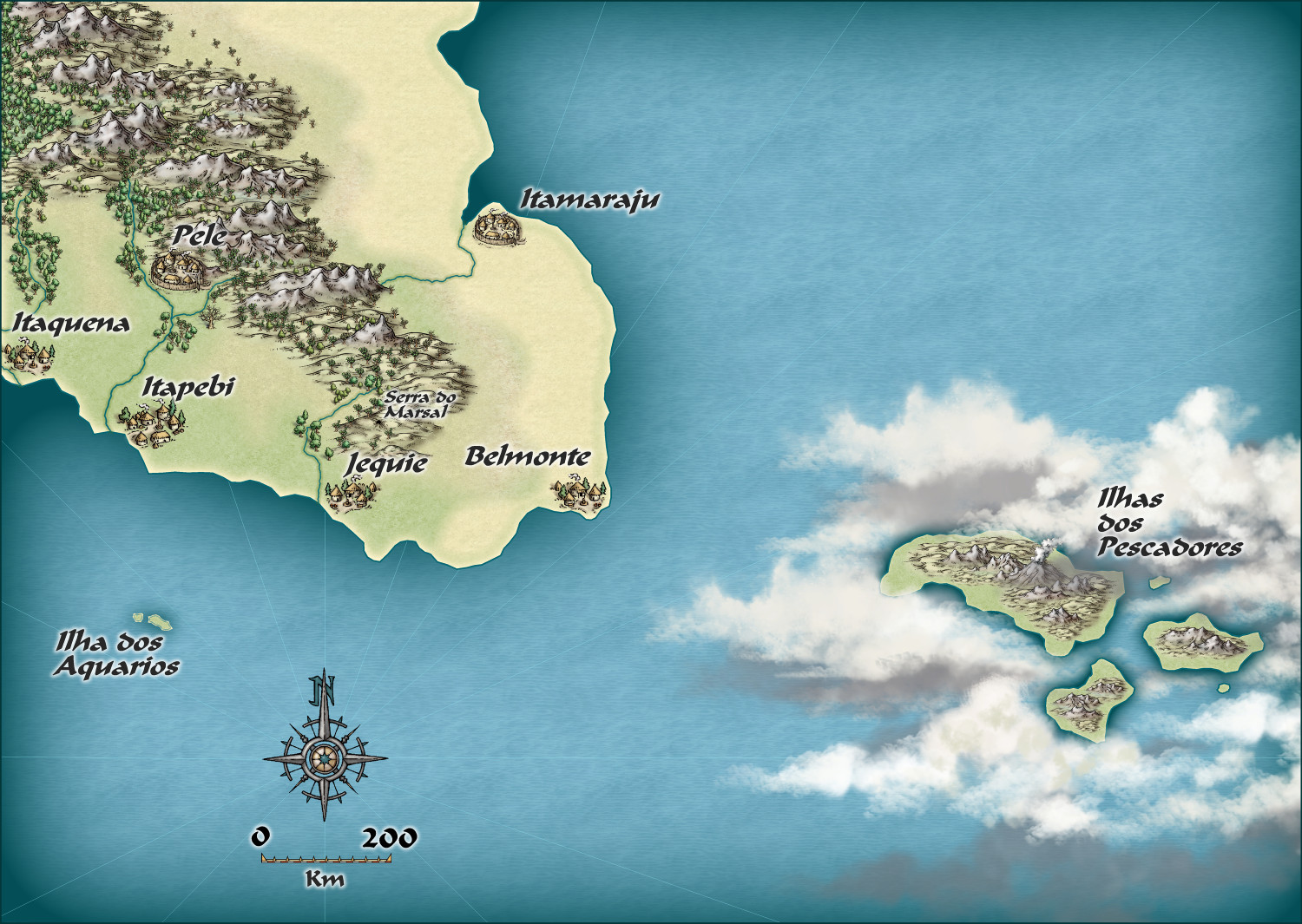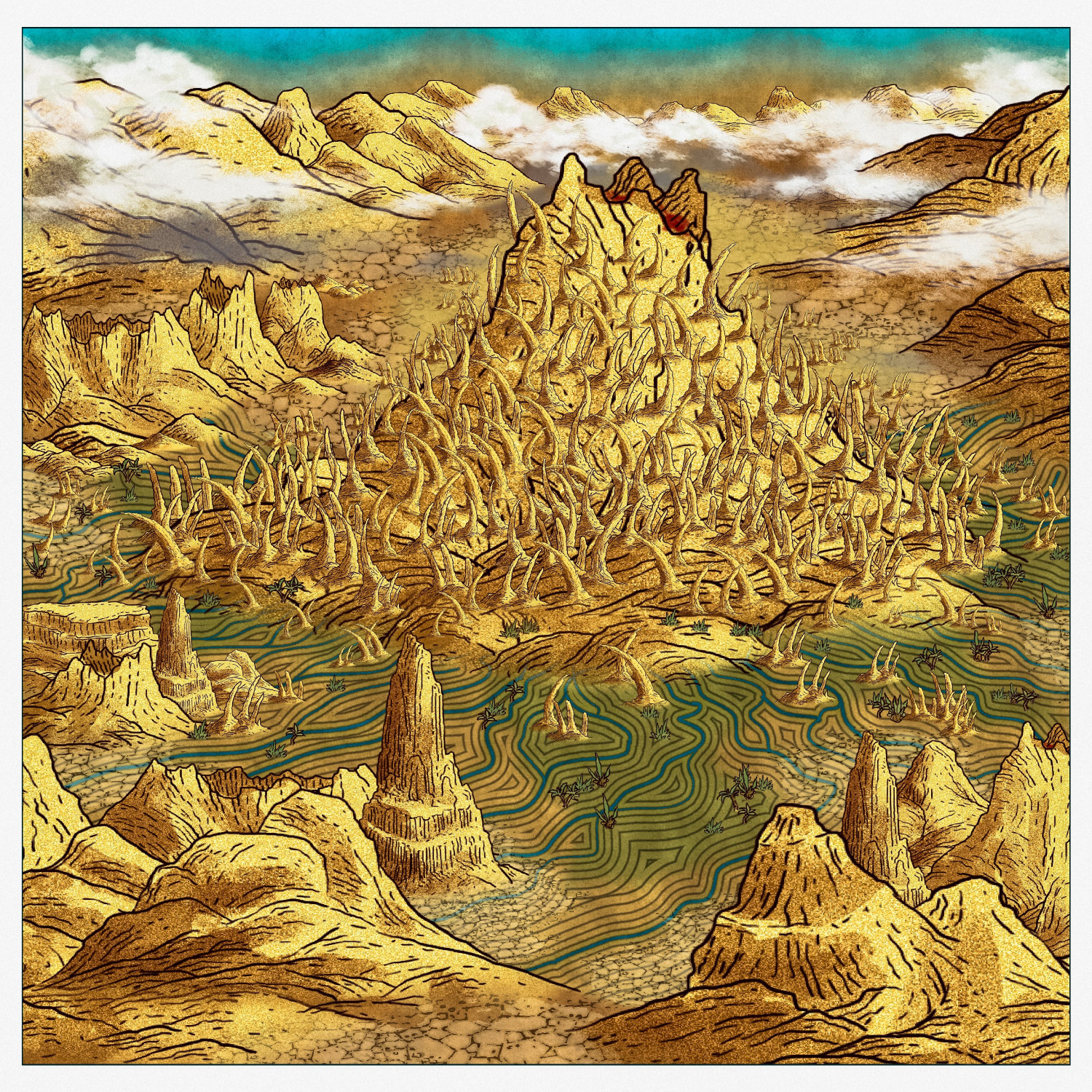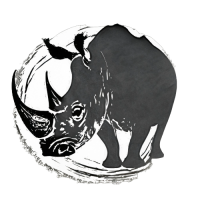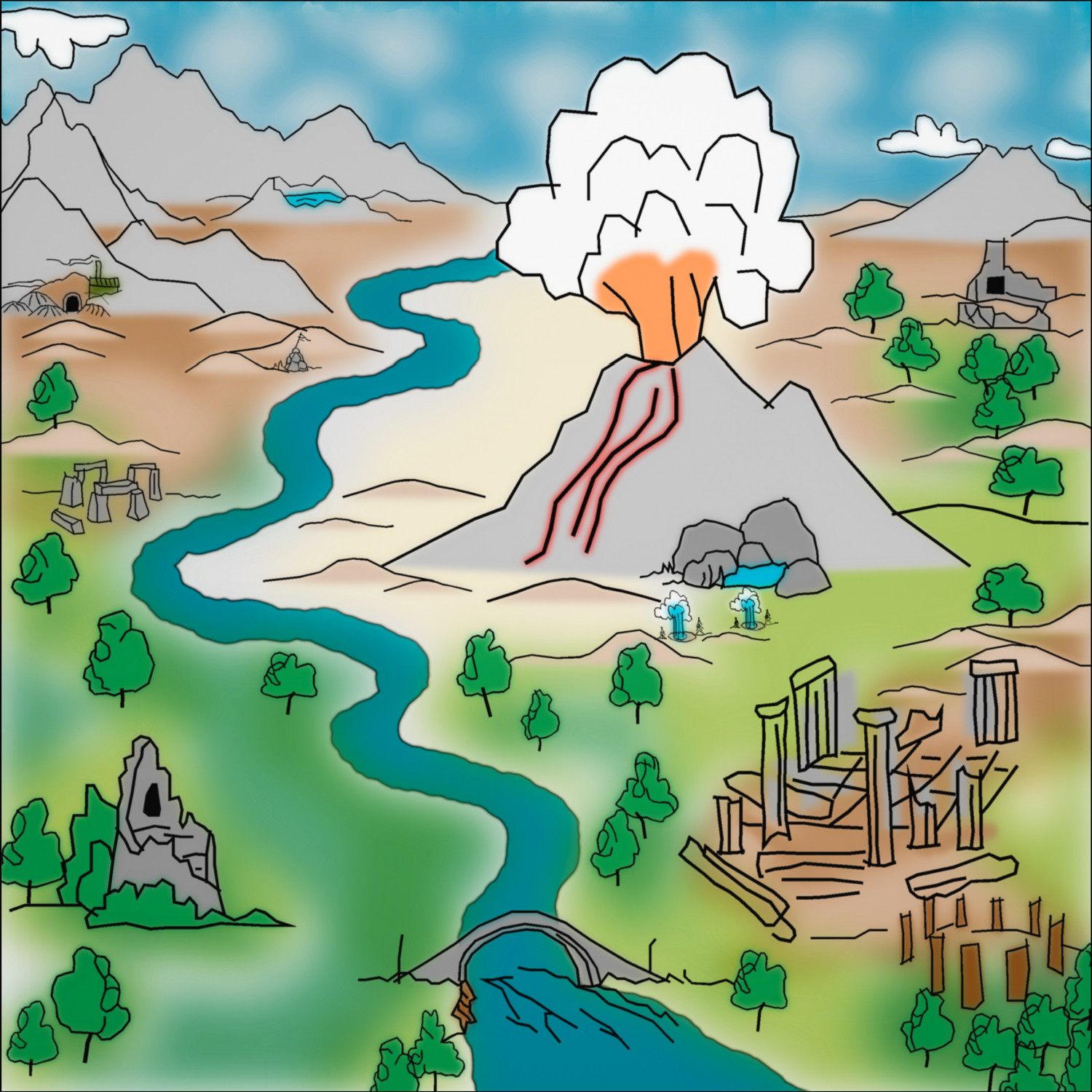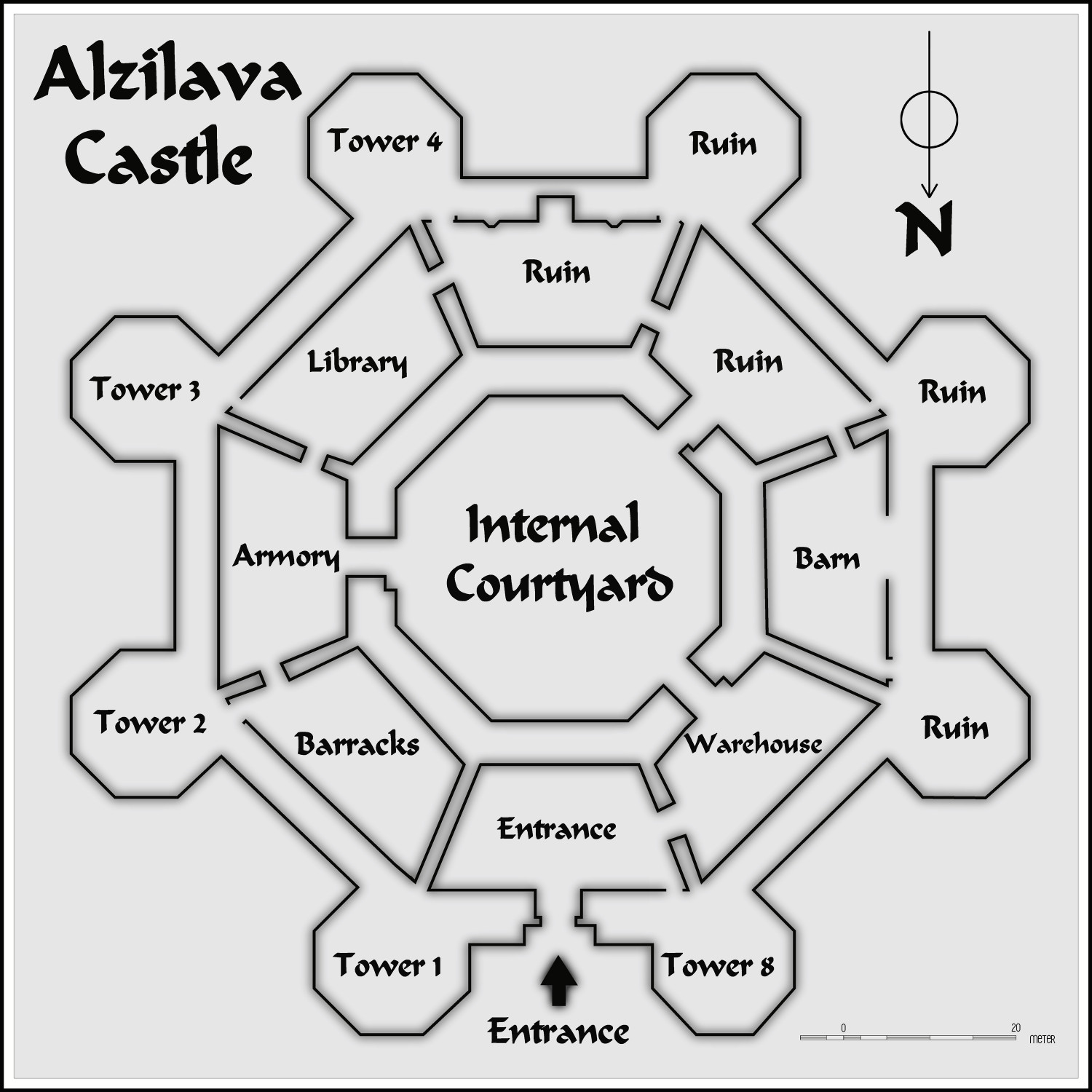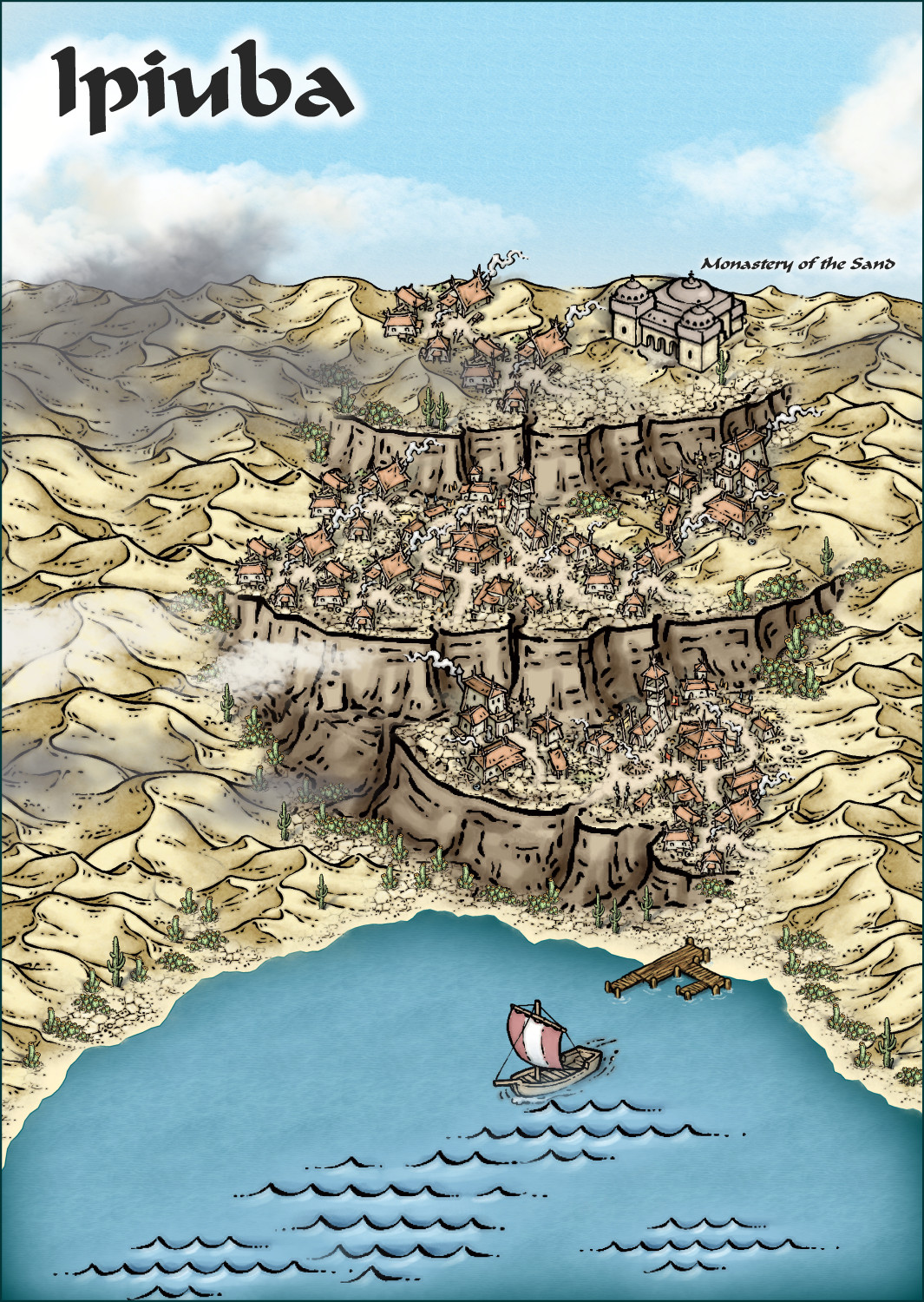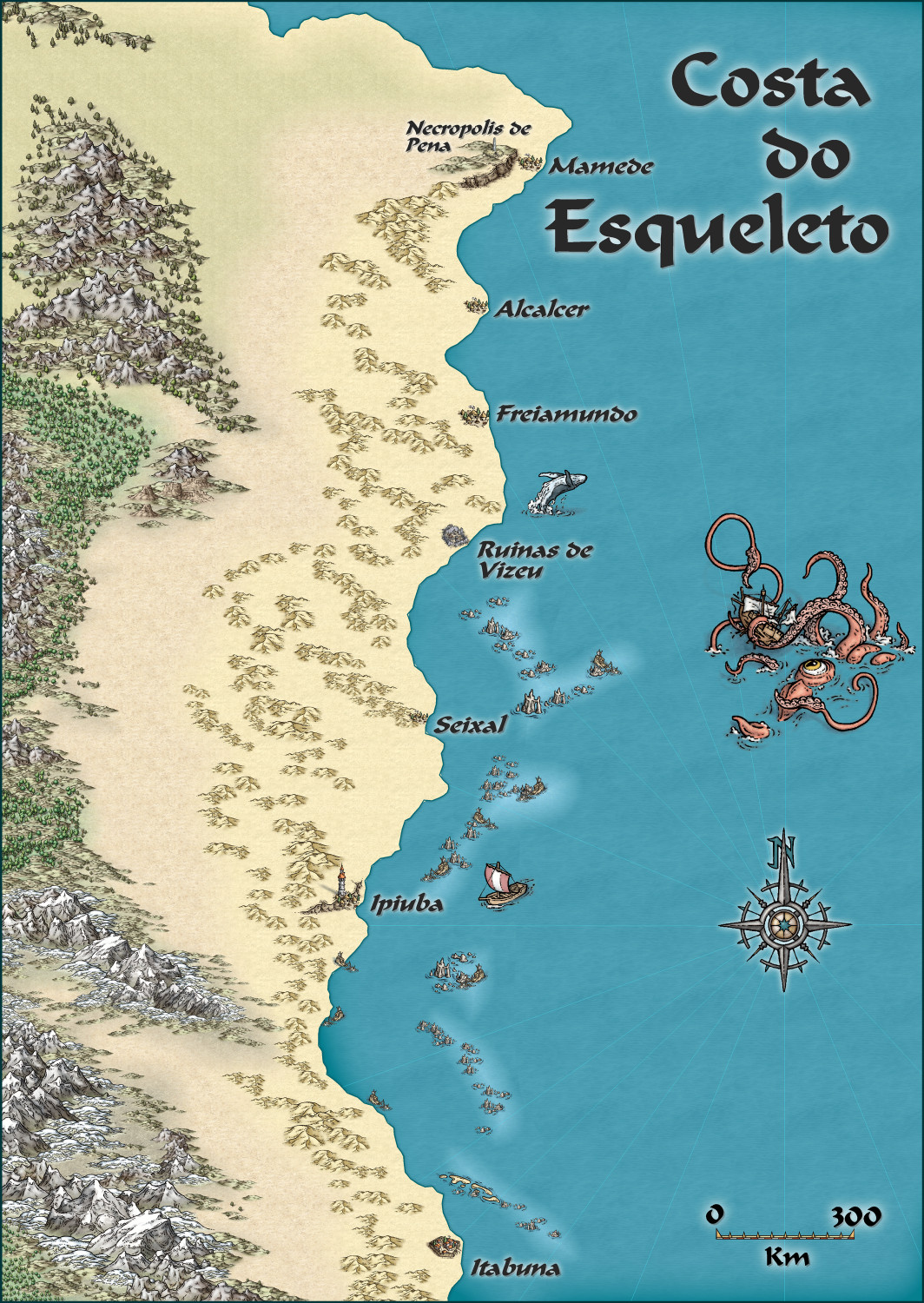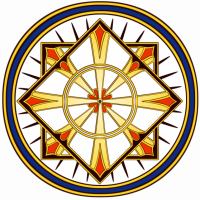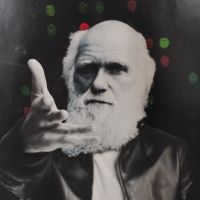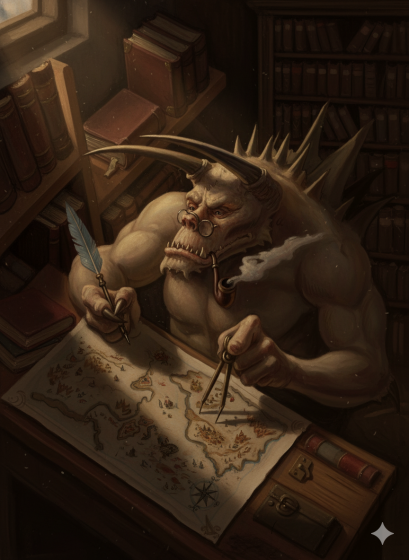
Ricko
Ricko
About
- Username
- Ricko
- Joined
- Visits
- 6,690
- Last Active
- Roles
- Member
- Points
- 10,516
- Birthday
- February 7, 1977
- Location
- merlo san luis argentina
- Rank
- Mapmaker
- Badges
- 22
Reactions
-
A bridge II
Hy @EukalyptusNow !
The cliffs were not reversed. I just maximized their size. I also have a lot of problems with them, because they look very "hard" visually. I miss the Mike Schlei style of negative cliffs, like someone looking from the bottom up.
As for the extensions of the bridge, I used the tree trunk from the monthly lumberjack symbol > tree trunk without branches. I hid it in the back after the bridge was already made... so I needed to create a specific Sheet for it. Later, I tried to hide the joints with some vegetation.
Also note that on the bridge, I created a sheet just to put some sand on top and give it a more "used" look and notice that on the green sheet of the upper greens, I added an internal glow with a brownish color to differentiate it from the floor below (river) and try to achieve the effect of a ravine.
P.s.: Lower Cliff lines are imported from Sue Richards Darkland Style
Cheers
-
Community Atlas - Ezrute - Brukon Region
I'm sorry we don't have any oriental MS buildings in ruins. So I adapted with what I had, I put a moss green roof to desguise the duomos that top the trees.
Kolrik the Storyteller tells about the Ruins of Khaz-Midra:
"Friends, let me take you to a place where time bends and logic gives way to mystery: Khaz-Midra, the forgotten city in the heart of an eternal swamp. Hidden by mists that never dissipate, it bears witness to an age that predates even the histories of orcs and men.
The buildings of Khaz-Midra defy explanation. Imagine domes that once shone like gold in the sun, covered in mosaics of colored glass that reflected the stars at night. Even in ruins, these domes still glow with an eerie glow under the night sky. Their arches, carved with intricate geometric patterns and encrusted with precious stones, seem to pulse with an unknown energy. Once-imposing, spiraling towers inscribed in a language no one reads now lie fallen, embraced by vines and roots that have claimed them for their own. The half-submerged columns, adorned with sculptures of hybrid creatures—half human, half winged beasts—seem to stand like eternal sentinels over what remains of this city.
At the end of the great street, lined with fallen obelisks and statues of faceless kings and queens, stands a monumental pyramid. It is said to have been the mausoleum of a ruler known only as He Who Hears the Stars. He believed that the secrets of the cosmos were whispered at night, and his civilization would have thrived under this forbidden wisdom. The pyramid, they believe, is a portal between worlds, a bridge between the living and the dead—or perhaps something even more disturbing.
And the creatures that guard Khaz-Midra... oh, these are no mere monsters. They are corporeal specters, with eyes that glow like lanterns and partially translucent bodies, coated in blue flames or black mist. Called the Luminescent Echoes, they are believed to be the remnants of the inhabitants of Khaz-Midra, corrupted by an obsession with immortality. They whisper ancient words that make the hearts of the living falter, draining not only life energy but the very essence of the soul, as if devouring memory and identity.
And then there is the Hidden Library. It is said to lie within the pyramid and contain not only books, but maps of worlds we have never imagined, formulas that shape the desire of the most experienced alchemist, and accounts of extinct civilizations. But there is a price: those who attempt to open the tomes suffer indescribable torment, as if the very secrets of the city are consuming them from the inside out.
So I ask, brave listeners: who here would dare to face the deafening silence of Khaz-Midra? Who would dare to challenge the mists, the creatures, and the secrets it holds? Or would it be better, perhaps, to leave the dead and their secrets alone?"
-
Battlemap collection for personal use
-
Community Atlas - Ezrute - Brukon Region
In case anyone missed it (although it’s not really important), I changed the icon on the initial Overland map to the Varngard Temple. As I was writing the history of this little place, my vision changed, and I realized that the original icon had a representational problem.
The image initially represented an orc temple, taken from Mike Schley’s Overland structures. However, I chose to replace it with a representation more in keeping with the new idea that was forming in my mind: the “Stonehengian” stone from Par Lindstrom’s Local Areas.
The temple, which was originally going to be built of wood, was reimagined as something more rustic and timeless. Monolithic structures, made of ancient and eternal stones, began to take shape in my vision. I sought inspiration to create something that strayed from the traditional and remembered a book I read as a teenager about the oldest constructions of humanity, especially from the Neolithic and Paleolithic periods. This memory took me to the Cromlech of Almendres, in Portugal. And the image of the photograph with its large stones arranged in a semicircular pattern, partially covered by vegetation, came to my mind.
I researched more about the place on the internet, analyzing plans and images to reproduce a similar environment in the Temple of Varngard: an ancient and esoteric place.
Not finding a suitable stone image for my intention, I decided to go with the columns.
Once the first part is finished, it's time to decorate the rest and fill in the spaces.
The Temple of Varngard
Situated at the junction of the Jorvund and Heskal rivers, the Temple of Varngard is an ancient monument that bears the weight of orcish history and spirituality. Built in time immemorial, this circle of massive stones, some over twenty feet tall, is arranged in a pattern that seems to align with the solstices, the stars, and the flow of the surrounding rivers. Each stone is engraved with unique runes, symbols representing the gods, spirits, and natural forces of the pantheon, and many are marked with scars from ancient rituals, such as axe carvings and dark stains that tradition holds are from sacrifices made in honor of the gods.
These stones, arranged in concentric circles, surround a central altar carved directly from the site's stone. In the center of the altar is a cleft where the orcs place offerings, ranging from weapons and food to objects of great spiritual value, symbolizing their devotion. This sacred site was the beating heart of orc spirituality, a place where spiritual leaders would gather to pray, discuss the fate of the tribe, and connect with their ancestors.
1. Decline and Humiliation
During the wars between the orcs and the Northmen, losing access to the Temple of Varngard was one of the greatest humiliations for the sons of Varngard and Velgrath. The men of Brukostad, after their victory, fenced off the territory around the temple and forbade the orcs from approaching. For the orcs, this was more than a loss of territory: it was a severing of their spiritual connection to the gods. For decades, the temple lay abandoned, overgrown with weeds and roots that the orcs believed were signs of Velgrath mourning the absence of his followers.
After the orcs settled in lands farther east, they began trading with Brukostad to regain access to the temple. This spiritual necessity eventually turned into a profitable opportunity for human traders.
2. The Trade of Faith
Today, the Temple of Varngard is the center of a religious festival that occurs each spring, when orcs make pilgrimages to the site to honor their gods. However, the pure spirituality of the event is marred by the commercial atmosphere that human merchants have created around the temple.
The fields surrounding Varngard are transformed into a chaotic marketplace, with wooden stalls and colorful tents dotted around the grounds. Vendors shout in many languages, offering wares ranging from bread, roast meats, and craft beer to religious amulets and miniature temple figurines. Human and half-orc artisans sell decorative axes and jewelry carved with symbols of the gods. A few more daring merchants offer “holy relics,” pieces of stone or wood that they claim are from the original temple, though the orcs know that most of these are frauds. There are also areas dedicated to games and entertainment, where human bards and storytellers draw audiences with exaggerated narratives of various events. For many orcs, seeing their ancestors' culture turned into entertainment is an insult, but the opportunity to set foot in Varngard and pay homage to the gods is something many cannot refuse.
3. Tension and Resentment
Despite the festive atmosphere, the resentment between orcs and humans is palpable. For the orcs, paying for something that rightfully belongs to them is an affront. “Varngard would never accept such humiliation,” some say.
The humans, on the other hand, are divided. Many merchants in Brukostad see the festival as an economic boon. Each pilgrimage season, tons of goods are sold, and the city prospers. But some of the more traditional population considers it a mistake to allow orcs to return to the temple, fearing that it will reignite old rivalries.
4. A Tense Ritual
When the orcs finally reach the sacred stones, the noise of the market gives way to a reverent silence. Within the circle, there is no sound of fairs or arguments. Only the sound of the rivers and the whisper of the wind passing between the stones. Here, even amid all the commerce and tension, orcish spirituality resurfaces.
Offerings are laid on the altar, and chants echo across the fields. It is at this moment that the orcs feel a connection to the gods, even though they know that this connection comes at the bitter price of relying on their former enemies to access it.
5. Orc Mythology
Ancient orc mythology is a rich collection of beliefs and legends, passed down through the generations by storytellers and recorded in the few surviving chronicles and stones. This pantheon of gods and spirits reflects the orcs' relationship with natural forces, everyday life, and the depths of the spirit world. Although fragmented, it offers a glimpse into the culture and traditions of Brukon's earliest inhabitants.
Here are the main gods and spirits worshipped:
5.1 Varngard, the Lord of Thunder
• Domain: Thunder, lightning, war, justice, and power.
• Description: Varngard is the supreme god, associated with the sky and order. He is the patron of warriors, rulers, and leaders who maintain harmony in society. His sacred weapon is the axe. His symbol is the black pine, a tree venerated as sacred. Thunder is said to be his voice, calling for justice and order in the world.
5.2 Velgrath, the Mistress of the Underworld
• Domain: Earth, water, cattle, wealth, magic, and the underworld.
• Description: Velgrath is the goddess of chaos, fertility, and wealth. As guardian of the underworld, she represents the inevitable cycle of life, death, and rebirth. Often depicted as a towering figure with horns and glowing eyes, she is both feared and revered. Velgrath is the antagonist of Varngard, symbolizing the duality between heaven and earth, order and chaos. Rituals to Velgrath involve offerings of cattle and valuable objects to appease her wrath.
5.3 Svaruk, the World Forger
• Domain: Fire, forging, heaven, and creation.
• Description: Svaruk is the god of fire and creation. He is depicted as a muscular giant, always carrying a glowing hammer used to shape the world and divine weapons. Svaruk's forges are said to be hidden in the mountains.
5.4 Mokra, the Protector of the Earth
• Domain: Earth, fertility, crops, women, and weaving.
• Description: Mokra is the most revered goddess among the orcs, as she rules over the fertile land that sustains life. She is the protector of women and weaving, and the patroness of goldsmiths, activities central to orc culture. Depicted as a strong, motherly figure, Mokra is also seen as the weaver of fate, deciding the future of the living and the dead.
5.5 Jarlok, the Guardian of Spring
• Domain: Spring, fertility, vegetation, and youth.
• Description: Jarlok is the god of renewal and growth. He is depicted as a young orc with a crown of flowers and leaves, symbolizing the cycle of the seasons. Rituals dedicated to him occur during the spring, celebrating the fertility of the land and its people. He is said to walk the fields, blessing the harvests.
5.6 Zoryka, the Sisters of the Dawn
• Domain: Dawn, twilight, and protection.
• Description: Zoryka is depicted as two twin sisters, Noryka and Loryka, who control the daily cycle of the sun. They are protectors against evil forces that try to invade the world at night. Warriors pray to them before hunts and battles at dawn.
5.7 Spirits and Minor Entities
In addition to the major gods, orc mythology recognizes several spirits and supernatural beings that inhabit the world:
Dom’kraal: Guardian spirit of homes and hearths, worshipped to ensure prosperity and protection.
Lashrug: Guardian of the forests, described as a creature that takes the form of trees and animals to protect its domain.
Rusalkri: Female aquatic spirits that lure the unwary into the depths of lakes and rivers.
Vodyark: Spirit of the waters, represented as an old man with a beard of seaweed, who rules over wells and swamps.
6. Cultural Complexity
The orcish pantheon reflects the duality of order and chaos, life and death, heaven and earth. The gods are deeply connected to orcish culture, shaping its customs and traditions. For example, warriors sacrifice to Varngard before battle, while farmers call upon Mokra for blessings to ensure good harvests.
The rivalry between Varngard and Velgrath symbolizes the balance that orcs believe is necessary for the world to function: without chaos, order stagnates; without order, chaos consumes all.
-
MY MUNDI IS READY!
-
Volcanoes
-
Volcanoes
-
MY MUNDI IS READY!
-
MY MUNDI IS READY!
-
MY MUNDI IS READY!


